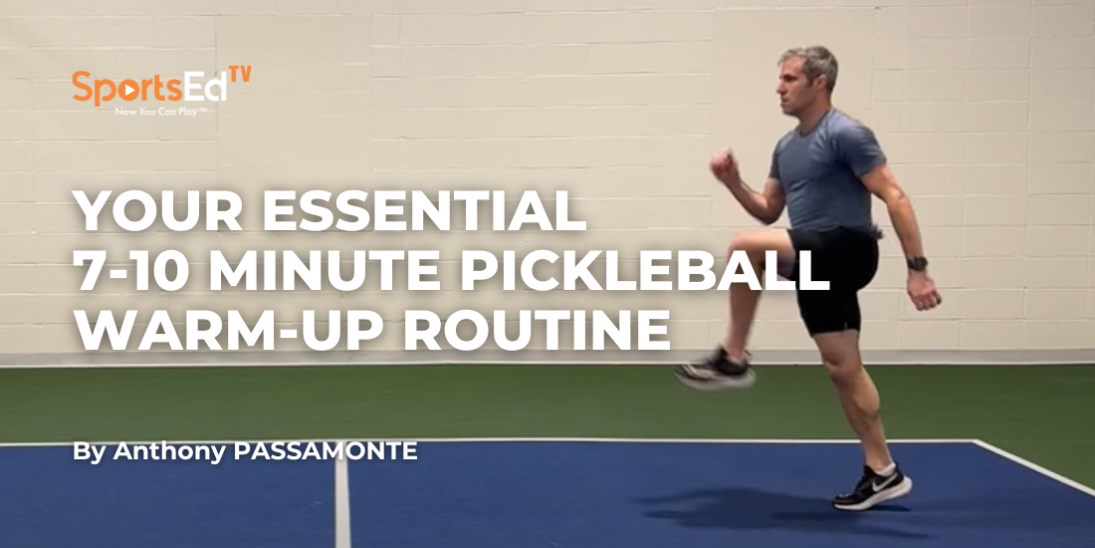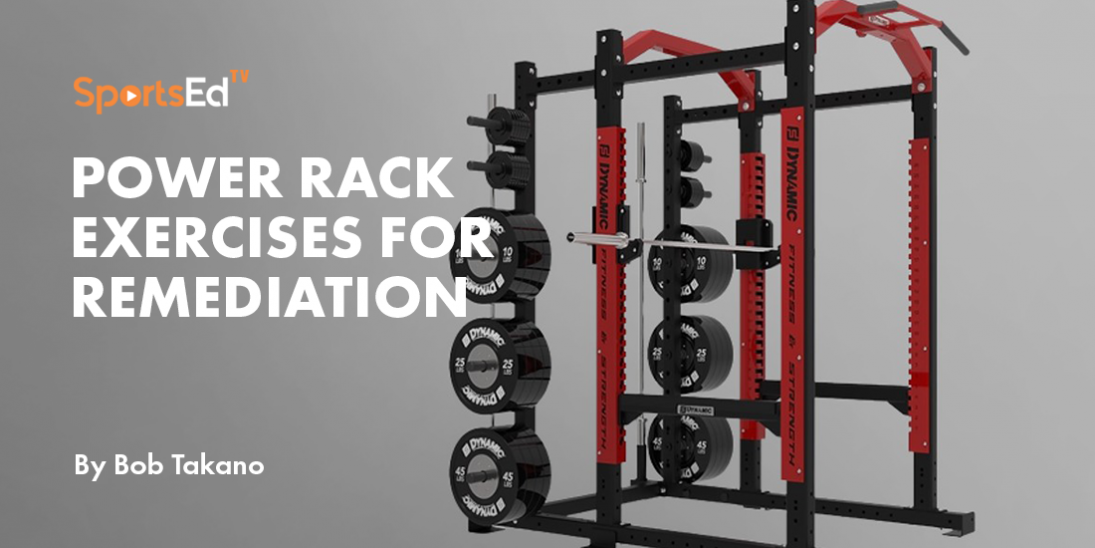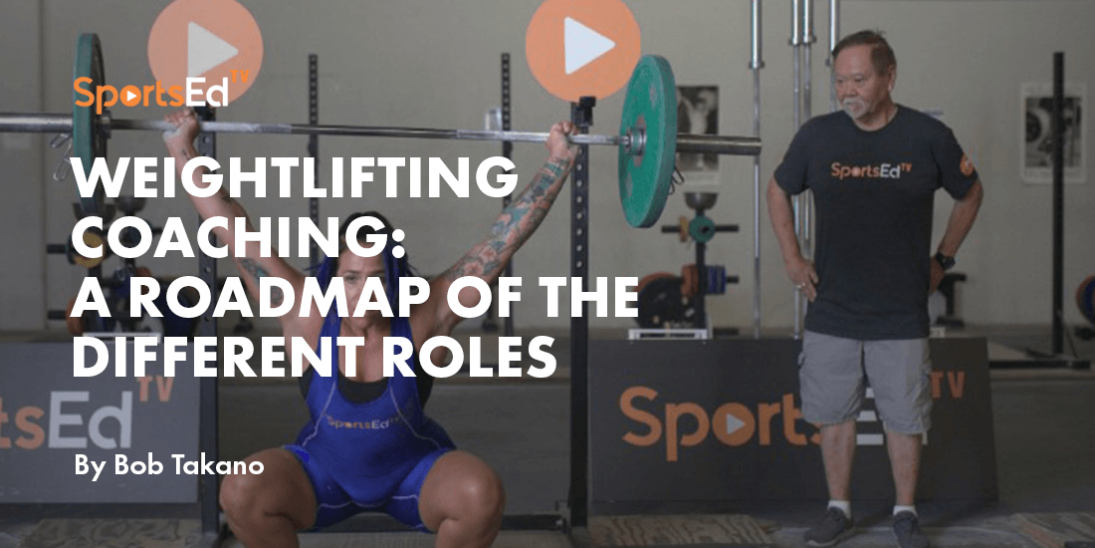Golf, Strength And Conditioning
Welcome and thanks for visiting...

3 Questions for Coach Kenn From SportsEdTV Director of Golf Roberto Borgatti
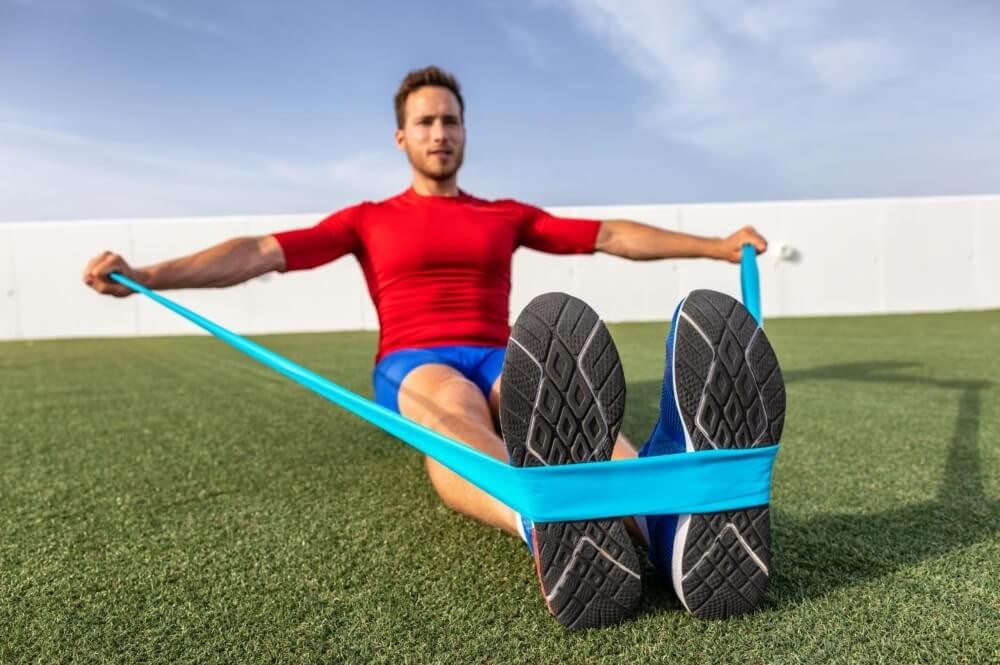
Question #1
There's been considerable press/attention to Tampa Bay Buccaneers quarterback Tom Brady which focuses on 'pliability' and other innovative approaches. This training seems to focus on balance, coordination, and range of motion, which are key factors for golf performance. Can you talk about bands vs weights?
Answer #1
As with any program for high-level athletes, there comes a time in their careers where they have really found what is needed in the preparation outside the court, field, or course that is highly effective for them. I believe that was the case with Tom Brady and his personal coach. Over the years of working together, they created a plan that was very focused on where he was as an athlete and player at this portion of his career.
Without having spoken to them, I would imagine this program evolved from some of the traditional means and modes of training we are all accustomed to. When working with individual athletes, it is much easier on the performance coach to develop programs based on the specific needs of that individual. The communication between athlete and coach in this process is crucial to success.
Bands and Weights, in the form or free weight and resistance machines all can play a vital role in development. I am a big fan of utilizing bands as my preferred choice of resistance for activation type of movements (which I classify as Reboot) in the athlete’s Pre-Activity Preparation portion of the training session. These movements allow for accommodating resistance and as fluid work through a full range of motion.
Depending on the sport, the level of competition the athlete has achieved, training age in a strength training setting, and injury history will all determine the choice and loading parameters of movements that may be implemented into the program.
I would prefer a combination of all types of external resistance, but am wide open to discussion with the coach or individual athlete in developing a plan we can all believe and achieve in.
Question #2
What is the most you recommend a player workout a particular muscle group with weights per week? Obviously, your programs are designed for the individual, but please share any base guidelines you follow with perhaps an example.
Answer #2
I prefer to classify my exercise choices into movements rather than muscle groups. This is because we will utilize multi joint – structural exercises in the training process. All exercises that may be utilized in a program are classified into 3 Major Movement Categories, Total Body, Lower Body, and Upper Body. Each one of these categories in then broken down into subcategories per specific movements.
We utilize an Athletic Based Training Template known as the Tier System to create our Weekly and Daily Session. Each Session consists of a Whole-Body training approach. This means that at least one exercise per movement category will be included into each session. The priority of each session is rotated based on a structured rotation of the 3 major movement categories.
Depending on the sport, I recommend 3 days per week in the non-competitive part of the calendar and 2 days per week during the competition calendar. Depending on the sport and individual needs of the athlete this can always be reviewed.
A daily session could look similar to this. Duration Goal 60-75 minutes:
Pre-Activity Preparation
| 1 - Reset – the athlete will usually be required to do this on his own to prep for the session. This is usually some segmental rolling and rocking and possible some self-myofascial release drills (foam rolling etc.). |
| 2 – Root – this is core work. We will utilize a large package of movements. Some will be dictated by sport. |
| 3 – Reboot – this is activation work – this is where bands are a priority resistance choice. We are looking to “fire” up the muscles that are getting ready to be put to work. |
| 4 – Readiness – this is specific preparation work for the Priority Category of the session. This could include isolation movements that need additional volume to increase strength in improvement areas (this is where we will consider muscle groups). |
| 5 – Reinforcement – Head Support – depending on the combativeness or violence of the sport will determine how much volume we utilize for Neck, Trap, and Posterior Shoulder work. Regardless of sport it is imperative to have head support and posture is a driving point to fundamental stances in every sport. |
Main Session (a possible total body priority session for a Golfer – non-competition)
| Session T - Total Body Priority | |||
| Tier 1 | Total Body | Kettlebell Swing | 3-5 sets x 10 reps |
| Tier 2 | Lower Body | Rear Foot Elevated Squat | 3-4 sets x 6-8 reps each leg |
| Tier 3 | Upper Body | Pair | |
| T3a | Single Arm Supported Dumbbell Row | ||
| T3b | Dumbbell Lateral Raise | 2-3 sets x 10-15 reps | |
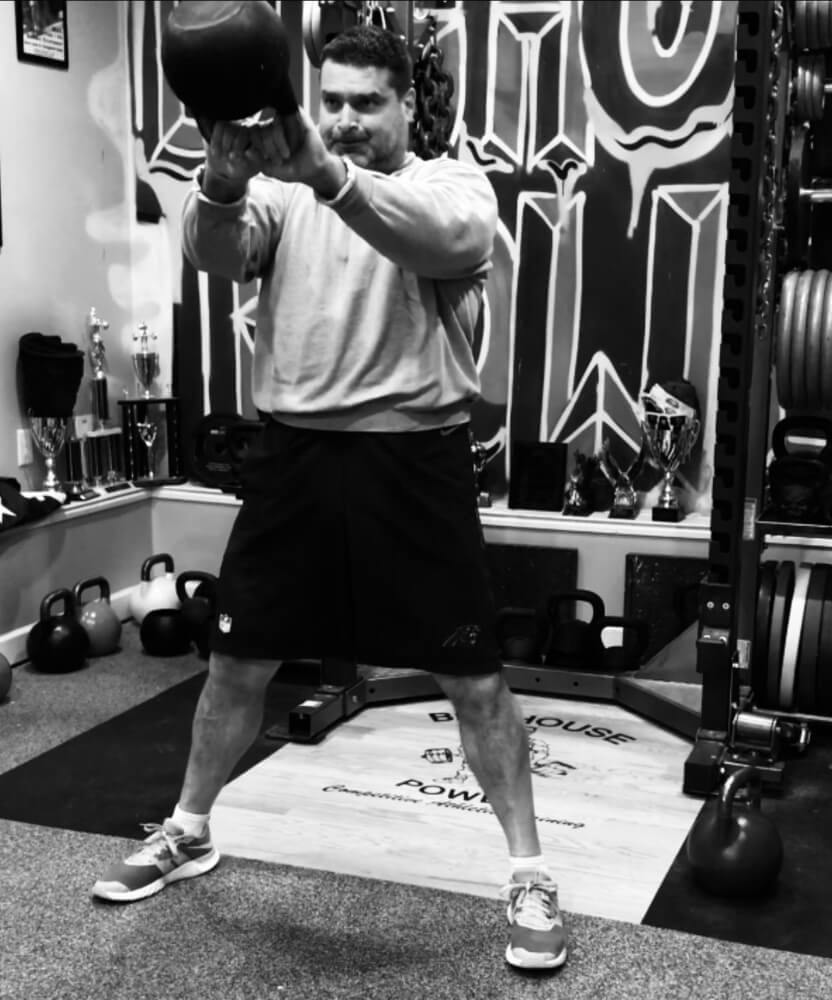
Question #3
Can you talk about 'functional fitness' training vs 'working out' and how this affects an athlete's performance?
Answer #3
I prefer Athletic Based Strength Training (ABST) versus “Functional Fitness”. Everything we do in our active life has some type of function to it. As far as ABST and “working out”, that’s easy. Working out is for enjoyment and general lifestyle enhancements, ABST has a specific end goal in mind that is in direct correlation to the goals of the coach, team, and athlete. It is based on long term athletic development and the constant growth of improving the general physical preparation of the athlete with the synergistic relationship of the sport coach enhancing the athlete’s specific physical preparation through practice, fundamentals, schemes, strategy (technical and tactical) to create a champion(s) in sport and life.


